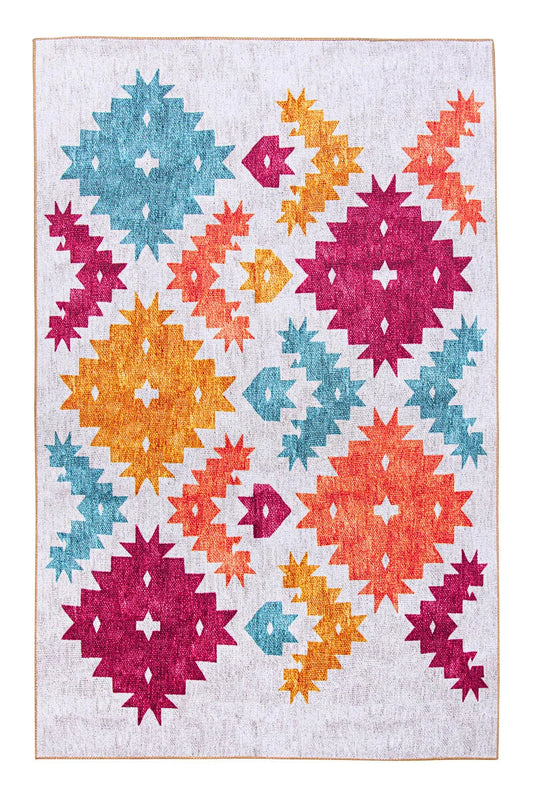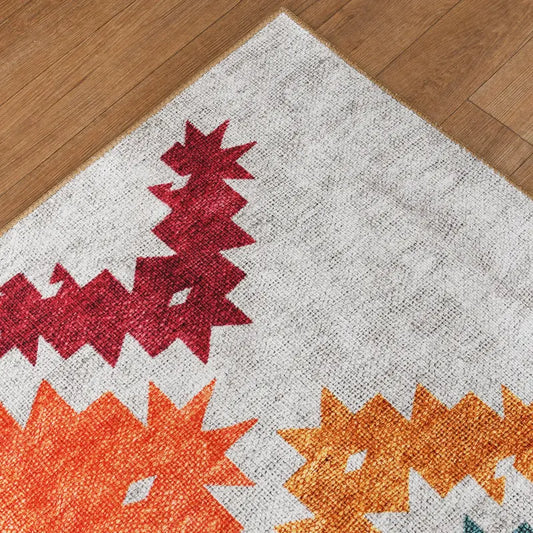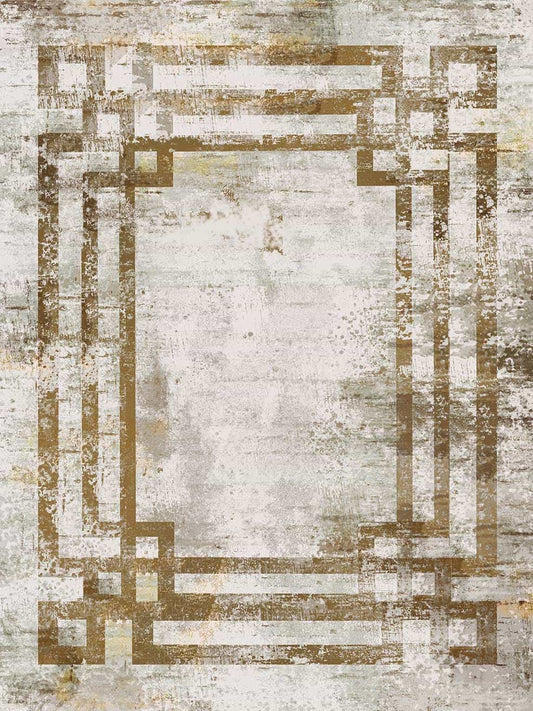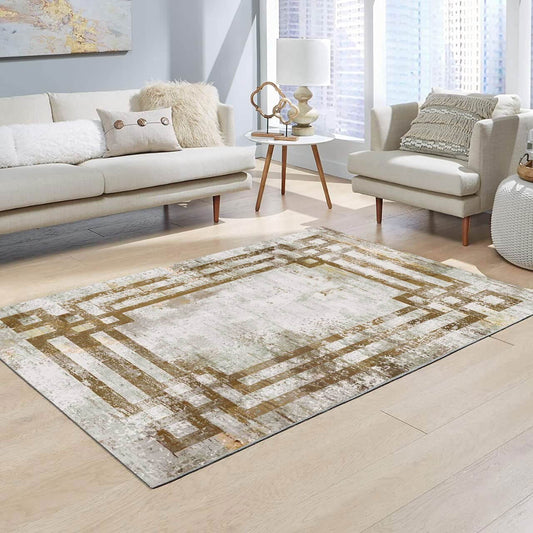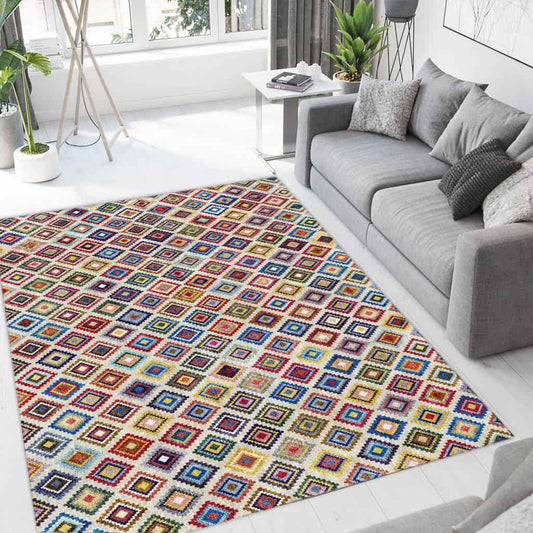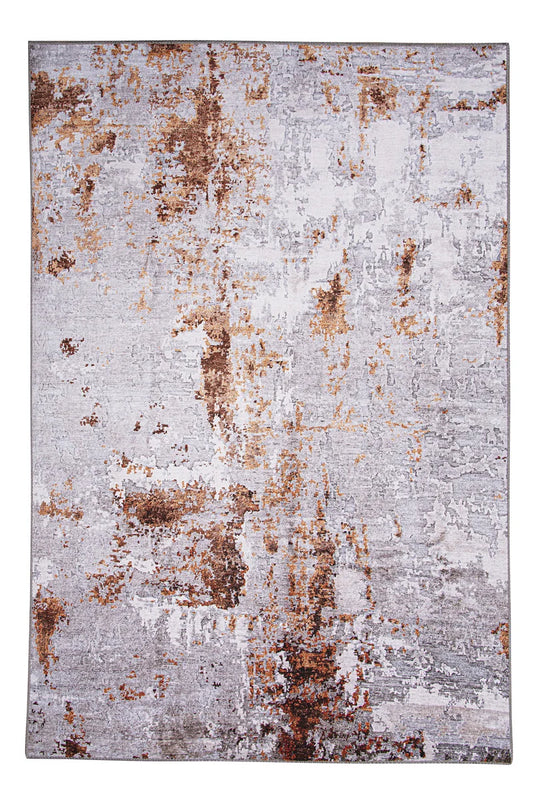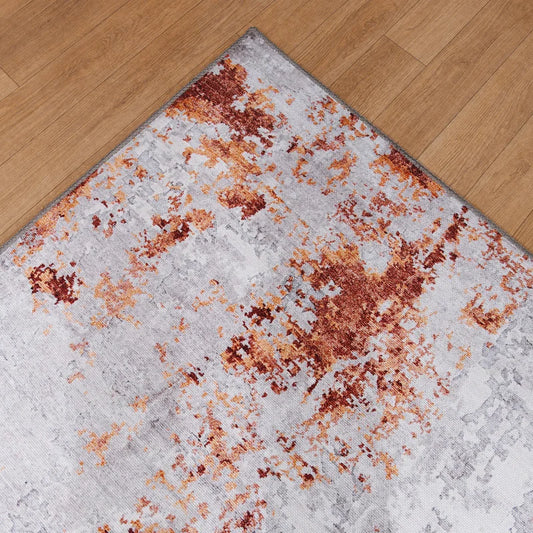African and Egyptian Floor Coverings

A Handbook of Information on Oriental Carpets
The rug-making art of Egypt has its roots in the 15th century during the Mamluk dynasty, however, this craft changed drastically with the arrival of the Ottoman Empire in the 16th century. Today, they are some of the most coveted and exquisite rugs that exist. Even though they do not enjoy the same recognition as Persian and other Oriental rugs, Egyptian rugs are known for their remarkable quality.
No matter their reputation in the rug industry, antique rugs from Egypt are considered to be some of the most intricately designed and of great quality. Mamluk rugs, made with Senneh or Persian knot, are known to feature geometric patterns in pale blue, light green, and bright red shades. In contrast, Ottoman rugs display a mixture of Mamluk's symmetrical designs, with floral, palmettes and lotus motifs, plus stories of the Ottoman Empire's conquests. Rugs made in Cairo during the 16th and 17th century are prized for their delicate designs, vibrant colors and antique motifs. The Cairene carpet style was crafted by Cairo weavers, taking inspiration from Turkish, Egyptian and Persian rug-weaving techniques. These beloved Cairene, also referred to as Ottoman, carpets were mainly made for the Ottoman court, and for export to countries such as Italy.
The carpet weaving industry in Egypt declined in the 19th century, but was revived in the 1950s when they created copies of traditional Persian rugs. Currently, Egypt still produces high-quality oriental rugs for the world market. Despite the difficulties, Egyptian weavers have managed to keep the beauty and quality of their creations. The rugs boast stunning designs that are currently in fashion, and come in various sizes to work in any type of room.
This guide provides information about African rugs, including their history and types. It explores the different materials and designs used in the production of these rugs, as well as the various weaving techniques employed. Additionally, it offers advice on how to care for and maintain your African rug.
Though not many African countries are generally known for rug production, North African nations have a long-standing history of carpet weaving and using it as a way to communicate stories, symbols, and images. This tradition has been practiced in Morocco, Tunisia, and Egypt for years, and the resulting handmade African rugs are renowned and admired in the carpet industry, particularly in the design world. Recently, South African entrepreneurs have entered the market with their own African area rugs due to increased demand.
The most sought-after antiques from Africa are the North African Moroccan Berber rugs. These rugs were originally crafted by nomadic Berber tribes in the Paleolithic era to serve as insulation while they migrated. As a result, they created a variety of rugs - ranging from thick, heavy piles suitable for the snow-covered Atlas Mountains to thin, lightweight ones ideal for the arid deserts. Generally, the motifs found on the rugs depict scenes of African life, as well as more vibrant, geometric patterns. Even now, African rugs are still being made with these timeless designs.
Nowadays, African rug design is a popular choice for those who are into home decorating. They come in a range of colors, from bold and vibrant to more neutral tones, and can feature a variety of patterns, from geometric to abstract. Whether you are looking for a modern or traditional feel for your space, these rugs offer a great balance of elegance and boldness that makes them a desirable choice for homeowners and designers alike.

